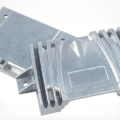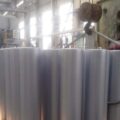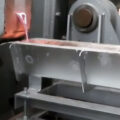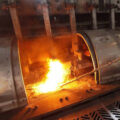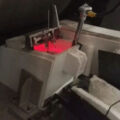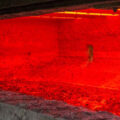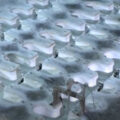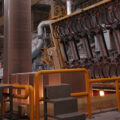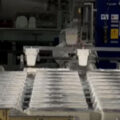According to the casting process of molten metal, aluminum casting process is divided into gravity casting process and pressure casting process. Gravity casting refers to the process in which the molten metal is injected into the mold under the influence of the earth’s gravity. Pressure casting refers to the process in which the molten metal is injected into the mold under the action of other external forces (without gravity).
Gravity Casting Process
Gravity casting relies on the gravity of the molten metal to inject into the mold and flow in the cavity. The liquidity of the aluminum liquid is relatively poor, and the casting capacity of the casting is low, and defects such as shrinkage cavity and shrinkage are easily generated.
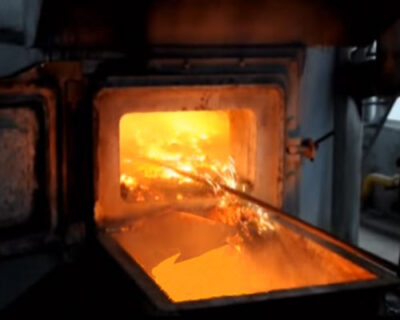
Pressure Casting Process
The current low-pressure casting process is: In the sealed crucible, dry compressed air is passed, and the metal liquid rises along the liquid riser under the action of the gas pressure. Molten aluminum enters the cavity smoothly through the gate, and maintains the gas pressure on the liquid surface in the crucible until the casting is completely solidified. Then the gas pressure on the liquid surface is released, and the unsolidified metal liquid in the riser is returned to the crucible, and then re-cast. Pressure casting improves the fluidity of the aluminum liquid, and the shrinkage capacity of the casting is improved compared to ordinary gravity casting.
The disadvantage of low pressure die casting is that the quality of the aluminum alloy castings is difficult to control, and it is easy to produce shrinkage, looseness, and pinholes. The sprue consumes more aluminum liquid, and this part of the aluminum block has more impurities, which cannot be recycled to the furnace. In the end, it causes serious waste of raw materials, and manual cutting and grinding takes a long time.
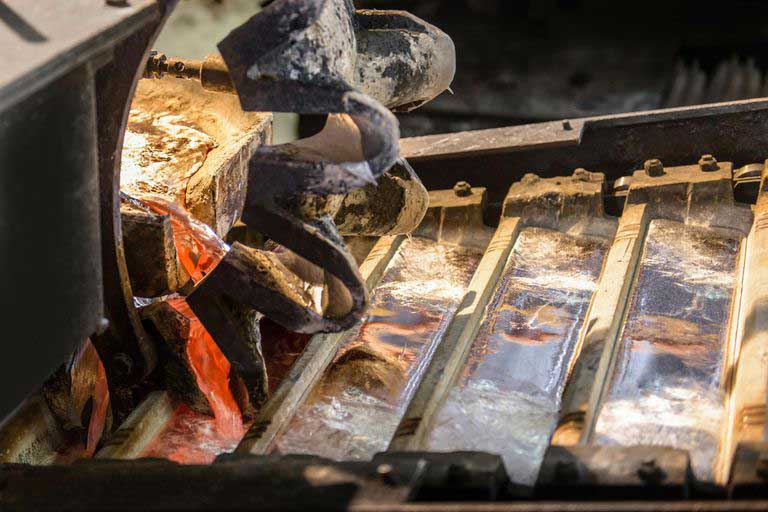
Aluminum Casting Process
AdTech provides degassing equipment, filtering equipment, refining agents, and modifiers for casting aluminum alloys. It is designed to improve the quality of aluminum alloy castings.
The specific embodiment is that the degassing equipment and the filtering equipment are installed between the furnace and the casting equipment. During the degassing process, a refining agent is added to the aluminum alloy liquid for refining. The modification agent is added to modify the aluminum alloy by press-in method. After the degassing is completed, the aluminum liquid is filtered, and the CFF filter system can effectively remove impurities in the aluminum liquid.

